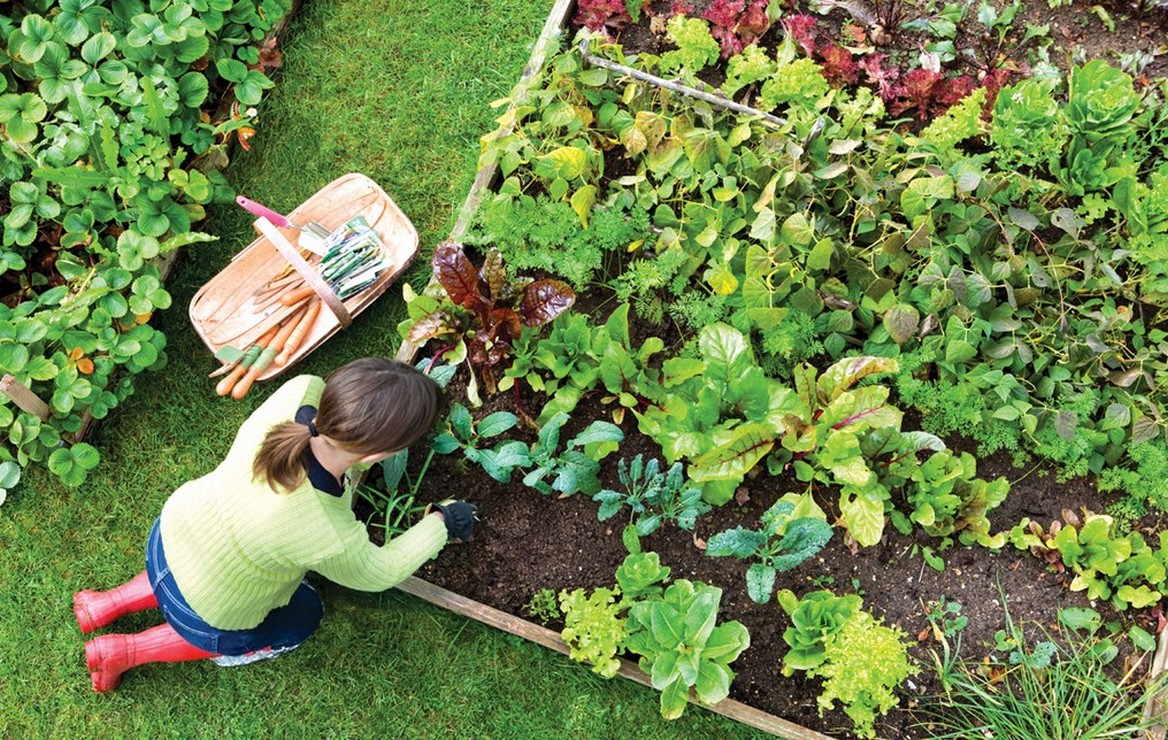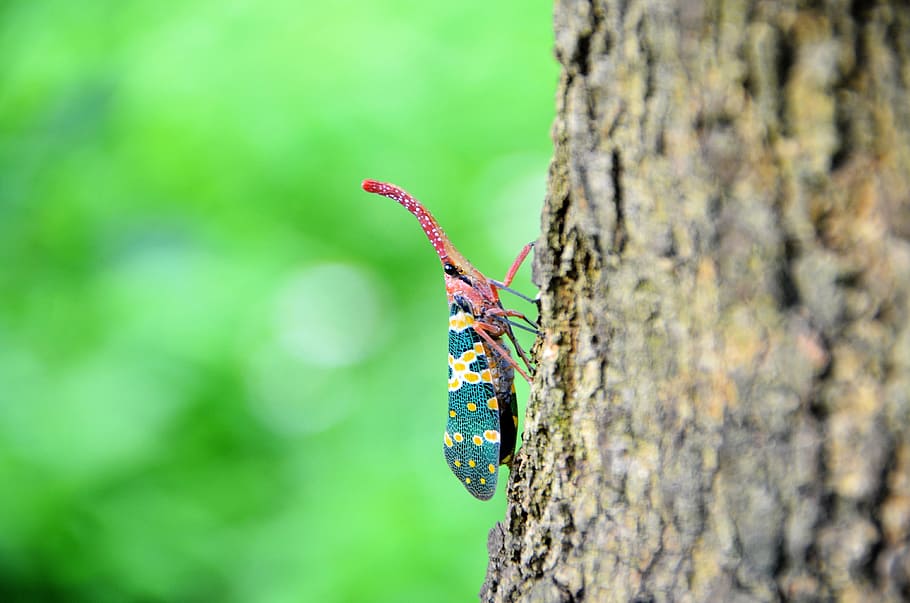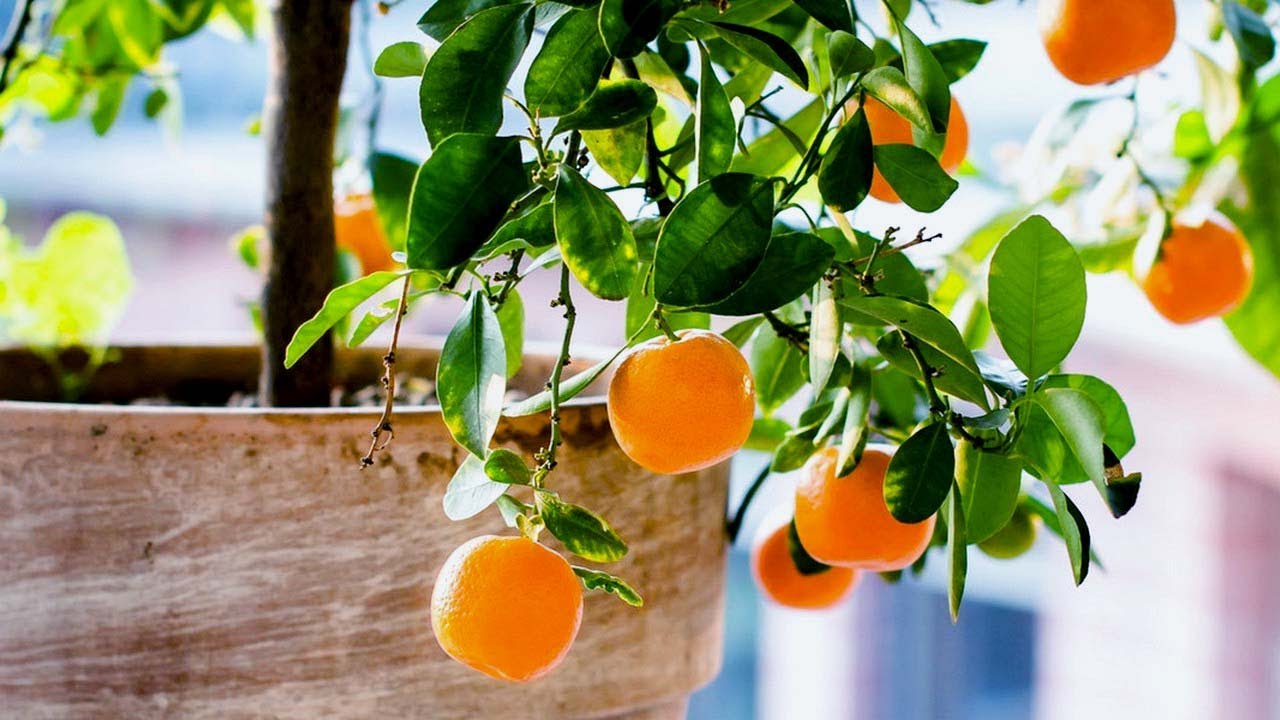It happens that one is so satisfied with his plants that their biggest desire is to increase their number. But is it possible to multiply them? Let’s see what the best techniques to achieve this without damaging them and obtain new perfect blooms are.
Multiplying houseplants is possible and it is also quite simple. There are several ways to do it, but the cutting is certainly the fastest and most effective technique: it allows to obtain new independent plants in about two months, which will decorate the rooms of the house even more – without spending a cent.
In any case, if you feel the desire to multiply your plants, you belong to the second category of greenery lovers. Not the ones who like to sow, nor the pessimists who believe they can’t achieve anything.
But those who are happy to buy plants to transplant, who see in the broken branches and pruning as mere opportunities to exploit the cutting and reproduce their own plants. The aforementioned pessimists become so because they have tried several times to try this technique, without success. And if it is true that there can be a kind of affinity with this process, it is also true that at the root of many failures, there may be repeated mistakes and flaws.
The purpose of this article is to allow everyone to multiply their houseplants by cuttings, without making new purchases to fill the empty spaces and, in fact, by having fun filling the house with its creations resulting from cuttings.
Basic Rules
Before going to see the different techniques, it is advisable to keep in mind a few rules to be kept in mind when you intend to multiply your plants. Let’s start by saying that the cutting must be made with healthy and vigorous material.
Attempting to propagate the plant from already compromised material reduces, or even cancels, the chances of success. This means that weak, parasitic or withered branches must be eliminated a priori.
The cutting must always have nodes, from which new roots are generated: it is preferable that there are two or three nodes to root to increase the chances of success. In addition, it is good to eliminate the flowers and buds.
It is also a good idea to remove flowers and buds, preferring those that are detached from the side branches, which are more easily rooted.
The soil suitable for rooting cuttings is formed by a mixture of peat and sand, rich in organic substances, but with effective drainage carried out in both directions, so as not to cause stagnation.
For the cutting to succeed, it is better to keep it in a cool, slightly humid place and never in water.
The leaves of the cutting should be sprayed to counteract dehydration. In addition, the humidity should always be high and constant, and should be obtained by placing the plant in a small greenhouse, in a box or in a transparent plastic bag.
One of the advantages of houseplants is that they can in all respects be considered “seasonal”, and this is obviously due to the stability of the temperature and weather conditions inside the house.
However, by choosing a period, we could say that the best time for a cutting is spring, thanks to the increasing light conditions. If you want to try the practice in other seasons, it is possible but it is necessary to recreate the ideal conditions with a lot of light, a good humidity and stable temperatures around 24°C.
The Different Types of Cuttings
There are different types of cuttings, but all are obtained in much the same way. So why should you
choose one or the other ? For several reasons, divided according to the origin of the material. Cuttings are divided into
– The multiplication cutting, which is the one that leads to take the reproductive material of healthy and valuable plants, in order to obtain new specimens with the same characteristics.
– Casual cutting, which occurs when the reproductive material comes from accidental breakage, so in order not to waste it, it is used to reproduce the plant.
– Leaf cuttings. It requires the use of a single leaf in contact with the soil, and it can be partially placed in the ground, or put in water to give life to a new subject or to smaller specimens which will be cultivated as plants. To favor the birth and the birth and the consequent development of new specimens, the cut of the leaves requires to make incisions on the ribs with a scalpel, in precise points and distant from each other in order to better manage the new plants.
So when are you going to start multiplying your plants? Let us know in the comments below.



